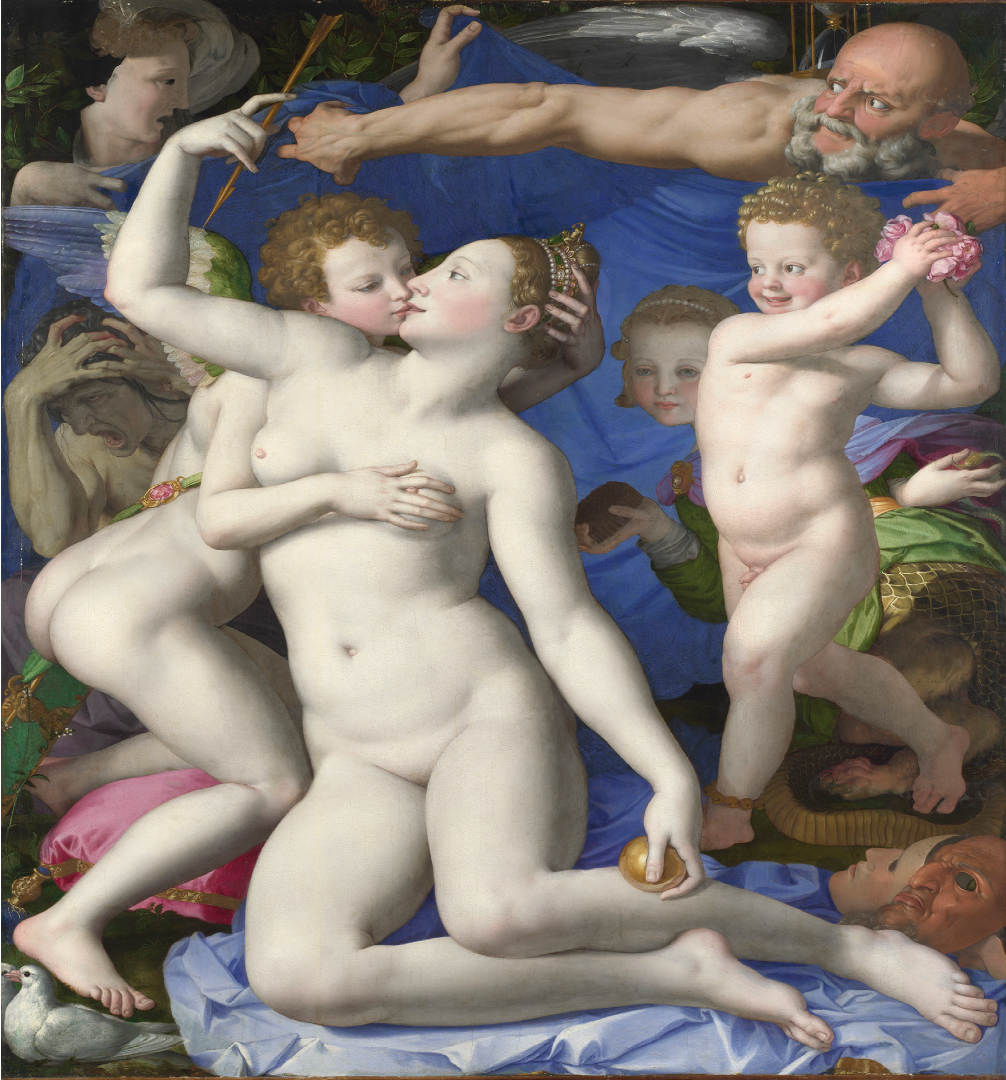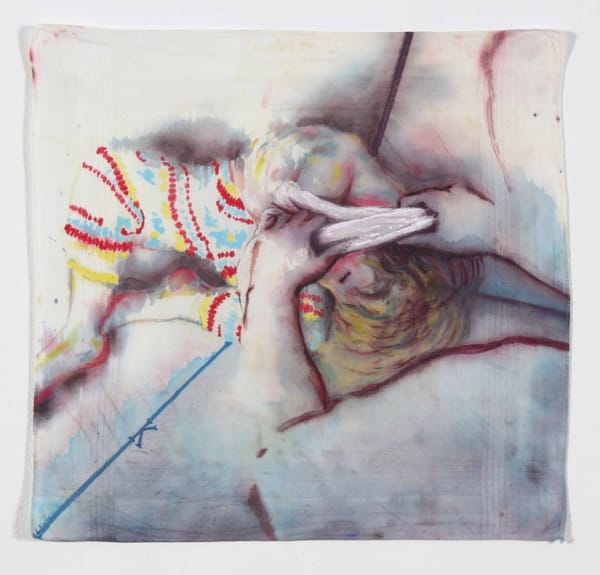Confess and you may enter
Arts Editor Vaidhiswaran Ramesh reviews 'Sin' the exhibition at the National Gallery

Sin
★★★★
- What: Exhibition
- Where: National Gallery
- When: Until 3rd January 2021
- Cost: Free
Not all exhibitions allow the curator to… well, ‘curate’. Often a curators’ vision is encumbered by financial decisions, logistics, and, as in most cases with an exhibition of an artist’s work, his/her repertoire. In that sense — exhibitions focussing on a theme as opposed to an artist, particularly one that sources from different eras, artists, and mediums, are truly a curator’s playground.
‘Sin’, The National Gallery’s latest exhibition, is one such attempt to tackle the highly philosophical subject. Theological interpretations of sin and penance, to a considerable extent, shape our customs and traditions. Western Judaeo-Christian theology is scattered with definitions and examples of sin; and Art, uncomfortably married with religion for most its life since Grecian times, has broadly aimed to espouse this.
The exhibition brings forth a diverse sampling of exhibits to structure this narrative. We see works by Agnolo Bronzino, Lucas Cranach the Elder, Andy Warhol, and Tracy Emin… indeed the whole spectrum, and they all ask one question - what is your sin?
Andy Warhol greets us with his canvases crying out — ‘Repent and sin no more’. And indeed, before you get to claim innocence, Cranach’s ‘Adam and Eve’ reminds us of our eternal guilt, with the first sin. There are also multiple versions of this in the exhibition lest we forget.
What follows is an unrelenting exposition of the hypocrisy of theological judgement manifested through art within this tiny room. Lust as sin — check. Gate passes to heaven handed out by clergy in return for confessions — check. However, the exhibition is scant of any sort of judgement, leaving that to us, and traces the outlines of evolving morality through these selective exhibits.



The centre piece of the exhibition is a ‘strange’ juxtaposition of Tracy Emin’s ‘It was just a kiss’, and Bronzino’s ‘Venus and Cupid’ (inset). The latter, a masterpiece of the mannerism school, is the highlight of the exhibition. The mosaic painting depicts the mother-son duo, Venus and Cupid. In stunning and ‘explicit’ detail, it shows the two in a lovers’ embrace, and is a commentary in itself about the morality of the ages. This contrast with the contextual suggestiveness of Tracy Emins’s artwork really does work.
But it is tough reconciliation to witness Tracy Emin’s work hang beside Bronzino’s, or even share the same halls as Velazquez’s ‘The Immaculate Conception’. Maybe to judge the former’s work as lesser is my sin. On second thoughts, I will stand by that judgement and live with it.
It is interesting to note the prevalence of Roman-Grecian mythology in Art, despite it fundamentally subverting any notion of Judaeo-Christian conservatives or notions of sin, with its ubiquitous promiscuity of gods, rapes, and incest.
But amidst all this, the message is clear; through the years, Art strived as much to be a medium of message as it was craft. At the end of the day, sin, or one’s personal definition of it is, ahem… personal. And that is truly what the exhibition seeks to convey. Whether it presented the best case for that? Well, I would not be doing justice if I imposed my opinion on you, would I? After all, it’s a free exhibition. So, give it a try, confess to these tableaux, and you just might come out the other side — sin free.







